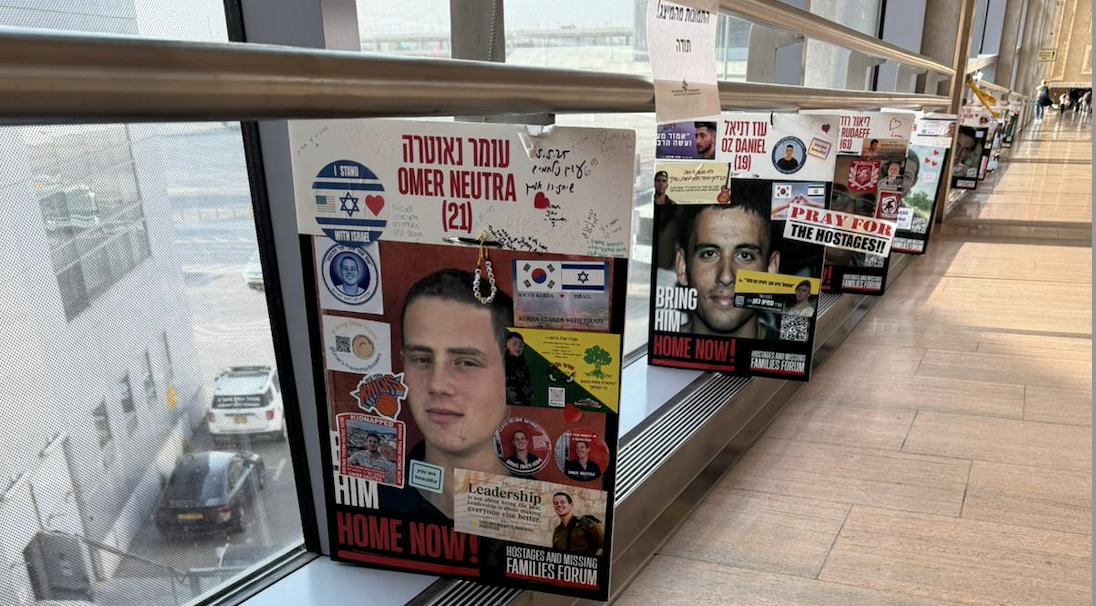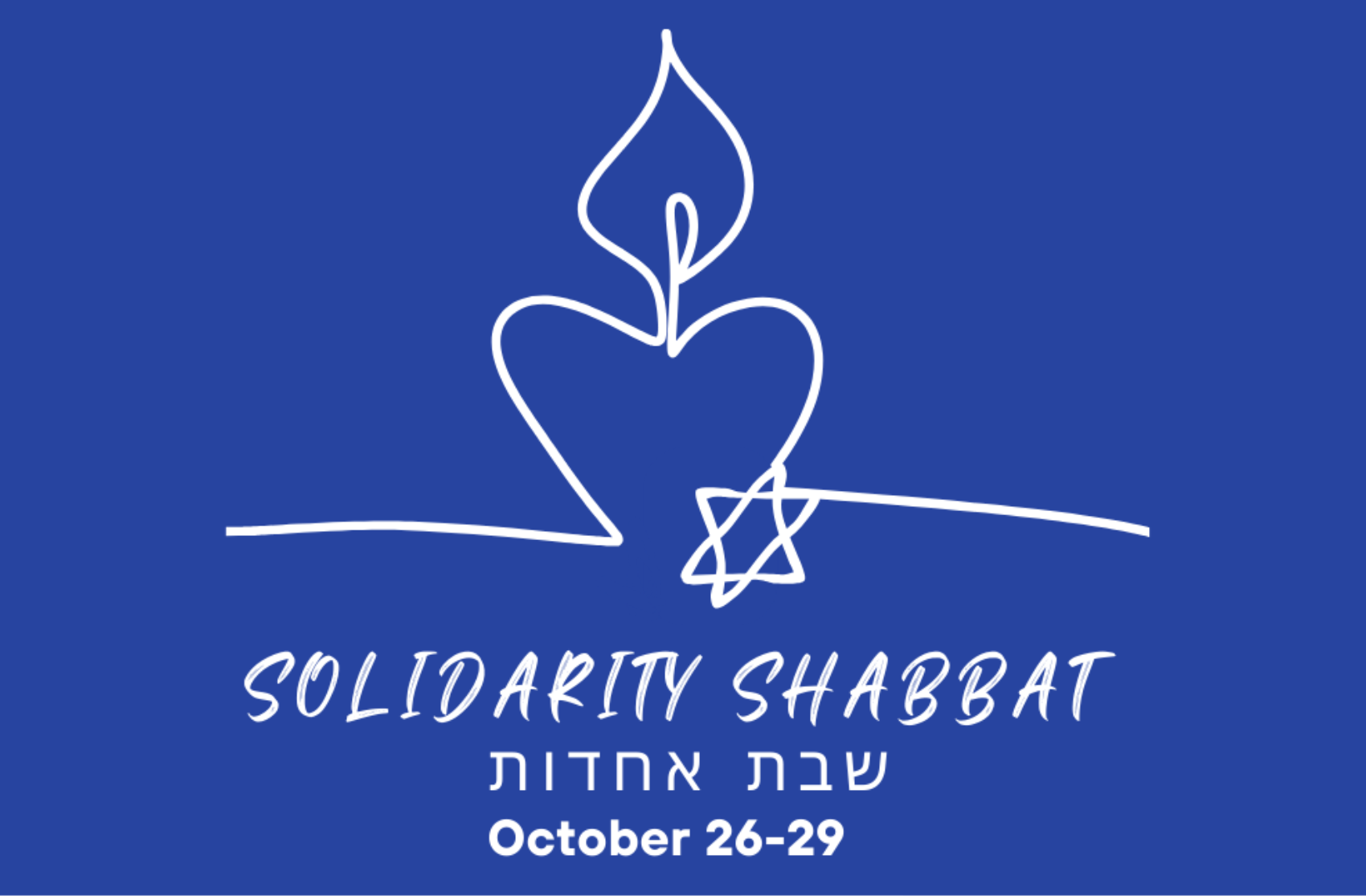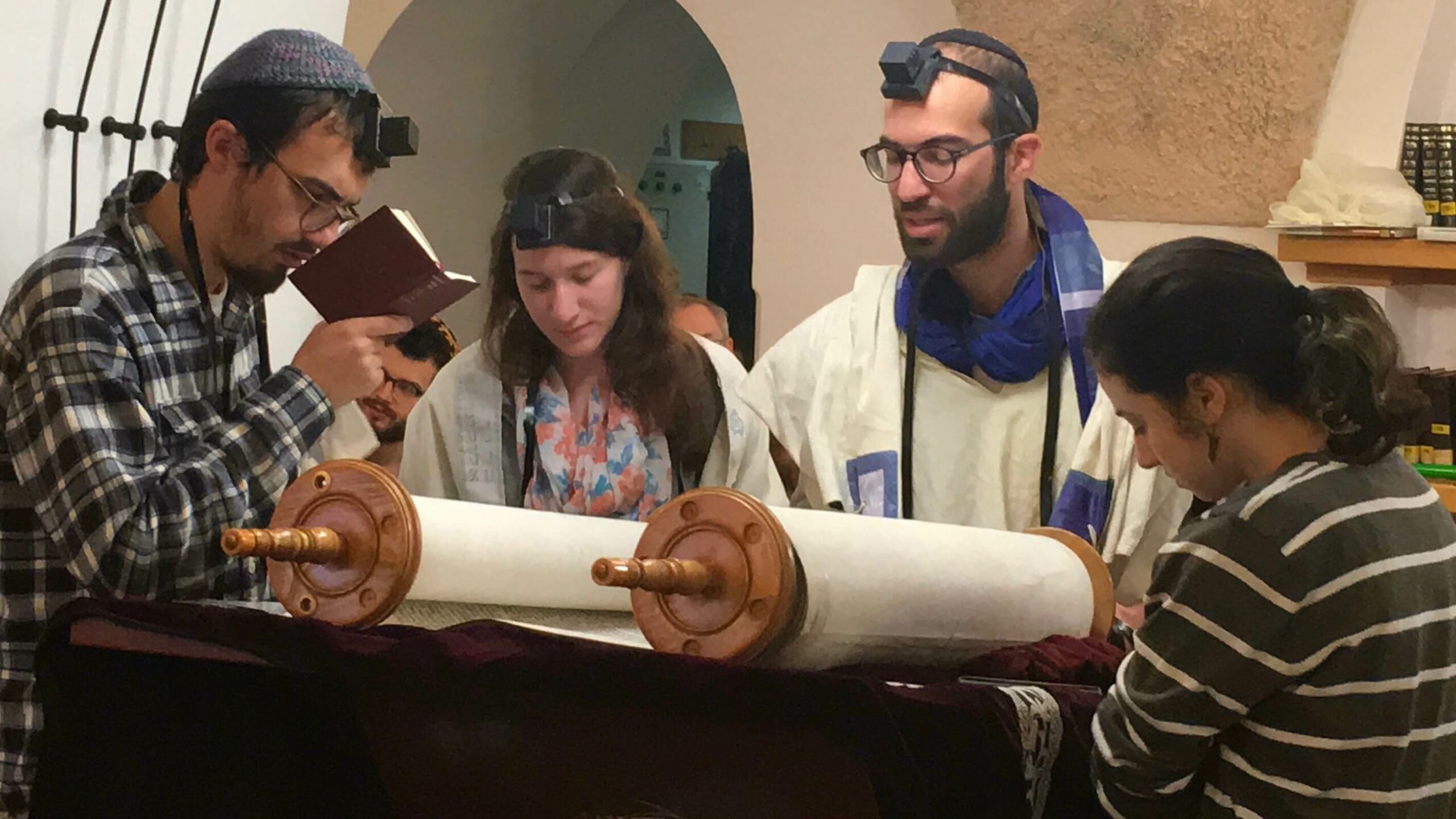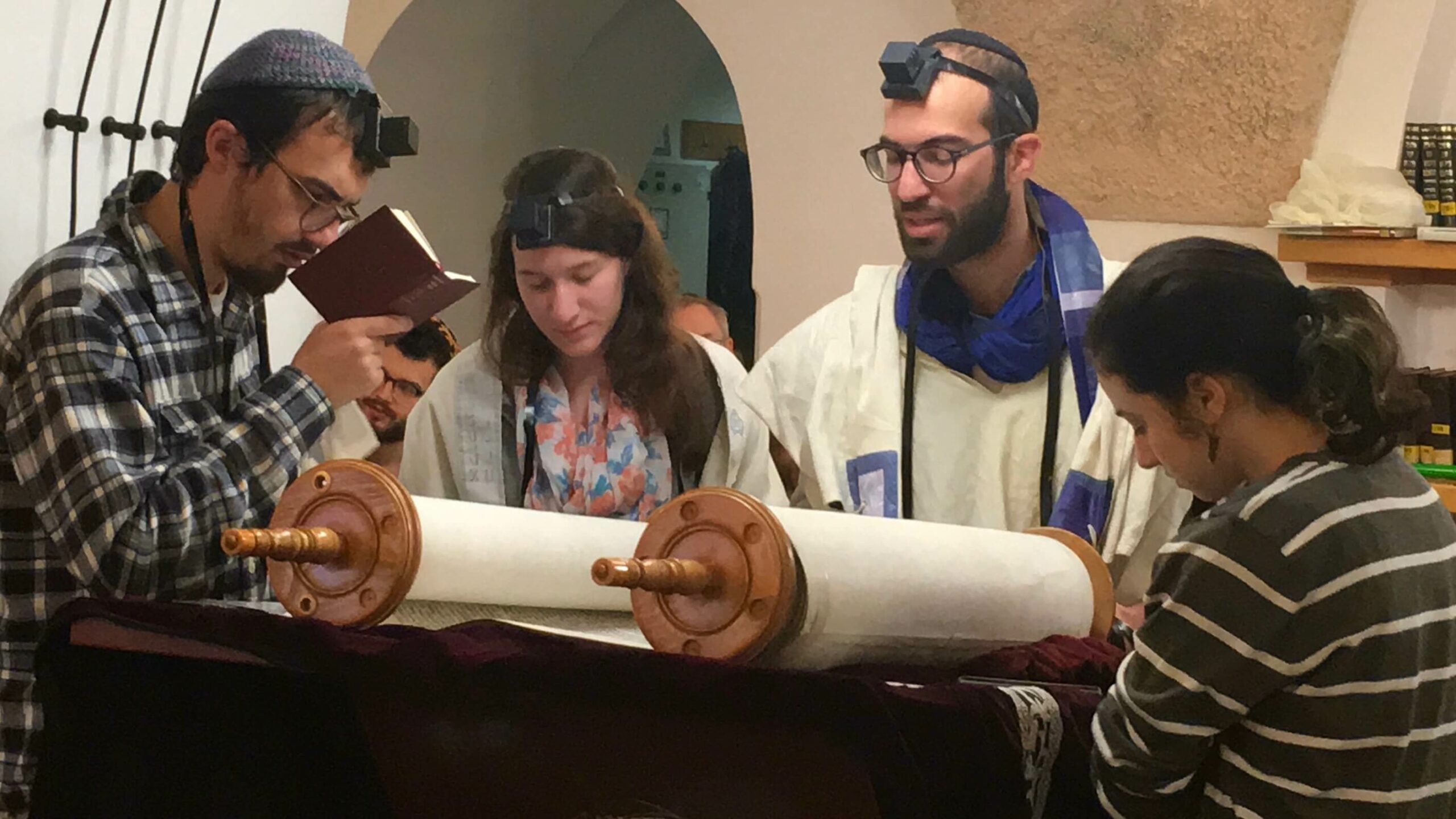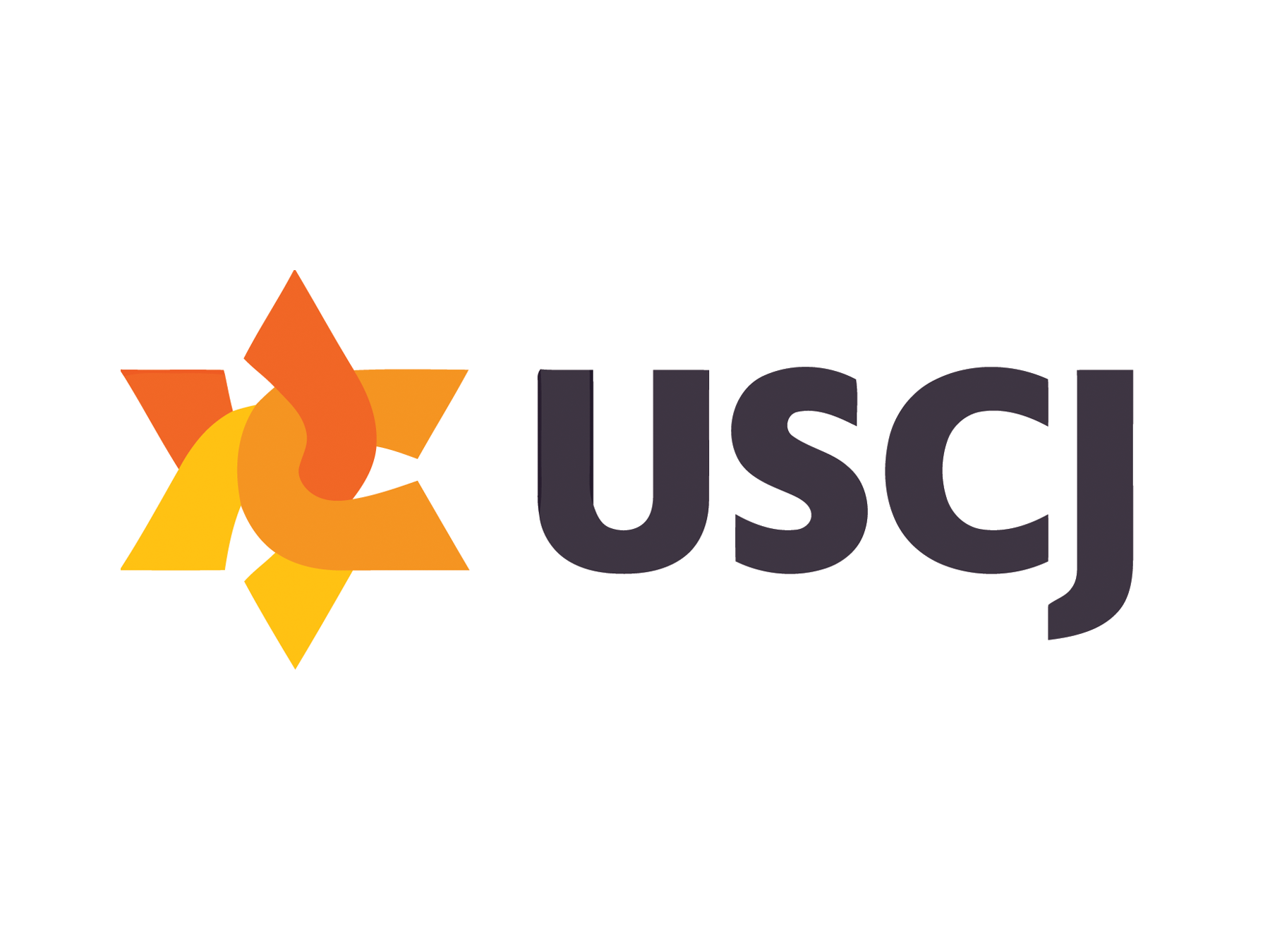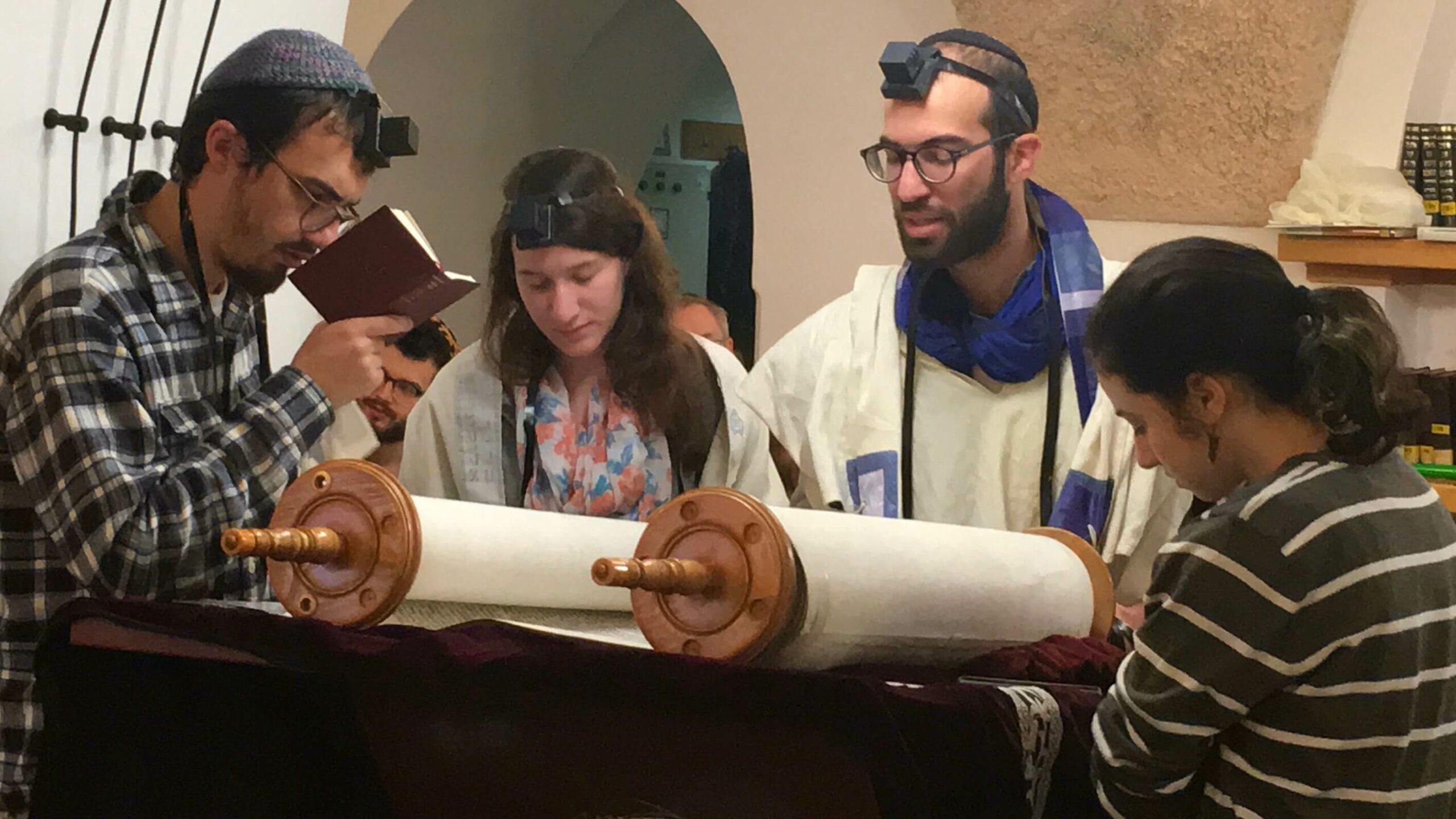

TORAH SPARKS (print friendly version)
Parashat Mikkets Shabbat Rosh Hodesh 1 | Shabbat Hanukkah December 28, 2019 | 30 Kislev 5780
Annual | Bereshit 41:1-44:17; Numbers 28:9-15 (Etz Hayim p. 250-270; Hertz p. 155-166)
Triennial | Bereshit 41:1-41:52; Numbers 28:9-15 (Etz Hayim p. 250-257; Hertz p. 155-158) Maftir | Numbers 7:42-47 (Etz Hayim p. 809; Hertz p. 599)
Haftarah | Zecharia 2:14-4:7 (Etz Hayim p. 1269-1272; Hertz p. 987-989)
D’var Torah: The Message of Hanukkah
Rabbi Joshua Ladon, Conservative Yeshiva Alum, is West Coast Director of Education for the Shalom Hartman Institute of North America
The holiday of Hanukkah is the tapestry upon which modern Jewry has told its story. Each modern Jewish movement (both formal and informal), has found, in different aspects of the commemoration, a way to illuminate their own stories. This is of course, not surprising. The Talmudic reference to Hanukkah in TB Shabbat 21b tells of the miracle of the oil lasting eight days. By comparison, the liturgy (from the festival insertions to the Amidah and Birkat haMazon) celebrates the military miracle performed by the Divine on behalf of the Jews over the Assyrians. From its outset Hanukkah is a holiday with multiple stories at its core.
Famously, early Zionists, reclaimed the Hanukkah story as their own, adopting the strength and might of the Maccabees as they built the “New Jew” and rebelled against the shackles of tradition. In the song “We Are Carrying the Torches” by Aharon Ze’ev, the chorus proclaims, “No miracle happened here!” Rather, it was the hands of the early pioneers who “unearthed springs” and “quarried rocks.”
By comparison, the story of the Maccabees was a reference point for early Americans to contribute notions of heroism for liberty from their own tradition to the burgeoning republic. Dianne Ashton, in an excellent book titled, Hanukkah in America: A History, shows how Hanukkah is fashioned at different times during the Jewish experiment in America. The notion of freedom, she points out, was not originally a story of religious liberty, but advocated by Yiddishists Abraham Cahan, the editor of the Forvard and Alexander Harkavy, the latter, who published a pamphlet comparing Judah Maccabee to George Washington. It was a parallel to the freedom of America that Jewish immigrants should celebrate at Hanukkah.
While these two previous examples point to communities that simultaneously sluffed off the yoke of tradition while remaking Hanukkah, the Chabad Rebbe, Menechem Mendle Schneerson offered a different vision, still rooted in freedom. In a 1982 letter to the Jewish community of Teaneck, NJ, having already spared publicly with Rabbi Jacob Glaser in 1978, then the Executive Vice President of the Reform Movement’s rabbinic guild, the Central Conference of American Rabbis, the Rebbe wrote:
…the Hanukkah Menorah displayed publicly during the eight days of Hanukkah, has been an inspiration to many, many Jews and evoked in them a spirit of identity with their Jewish people and the Jewish way of life. To many others, it has brought a sense of pride in their Yiddishkeit and the realization that there is no reason really in this free country to hide one’s Jewishness, as if it were contrary or inimical to American life and culture. On the contrary, it is fully in keeping with the American national slogan “e pluribus unum” and the fact that American culture has been enriched by the thriving ethnic cultures which contributed very much, each in its own way, to American life both materially and spiritually.
For the Rebbe, the opportunity to display one’s religious identity publicly, with gusto, is not simply a project of ingathering the exiles (though this is important), but an opportunity to fully live out what it means to be a Jew in America. The light of the candles stirs the souls of Jews allowing them to find meaning in their particular sense of Jewish identity while more fully participating in the project of America. While these three models reflect Hanukkah’s political nature, its core ritual is also political. Placing hanukkiot in one’s window that faces the main thoroughfare, as the halakhic literature proscribes, is a political act. In addition to commemorating the miracle, it simultaneously links Jews to one another while communicating to the broader world, the Jews have survived. Our challenge is to draw upon the light of the candles in our service to God and move beyond political solidarity. The Sefat Emet sees the candles as pathways for illuminating the hidden light of God that was evident when the Temple stood. He notes, “The word NeR (candle) stands for Nefesh Ruach (“soul” and “spirit”). To fulfill a mitzvah in this way we also make use of our 248 limbs.” Drawing our soul and spirit with our 248 limbs equals, 250/Ner. It is not enough to publicize the light of the miracle, we must embody the message as we bring Divine light into this world.
Parashah Study: The Fine Art of Persuasion
Vered Hollander-Goldfarb, Conservative Yeshiva Faculty
Pharaoh has two dreams, interpreted by Yosef as signaling 7 plentiful years followed by 7 years of famine. Yosef stocks Egypt well, and everyone, including Yosef’s brothers, come there to procure food. Yosef treats his brothers harshly, sending them back without Shimon and with a warning not to return without Binyamin. Devastated, Yaakov will have none of that.
Text: Bereshit 42:37-43:9 (37) Reuven said to his father: “You may kill by two sons if I do not bring him back to you. Put him in my care and I will return him to you.” (38) He said: “My son will not go down with you, for his brother is dead and he alone is left….” (1) The famine was severe in the land. (2) And when they had eaten up the rations which they had brought from Egypt their father said to them, “Go again and procure a little food for us”. (3) But Yehudah said to him, “The man warned us ‘Do not let me see your faces unless your brother is with you.’ (4) If you will let our brother go with us, we will go….but if you will not let him go, we will not go…” (8) Then Yehudah said to his father Israel: “send the boy with me and we shall rise and go, and we shall live and not die – you and we and our children. (9) I will be surety for him; from my hand shall you demand him: If I do not bring him to you and set him before you, I shall be guilty before you forever.”
- What is the difference in Reuven’s and Yehudah’s approaches to convincing their father?
- Words reflect thought. Based on Yaakov’s words, how does he think of his various sons?
Commentary: Rashi on Bereshit 43:2, 8
(2) when they eaten up the rations: Yehudah had said to them, “Wait for the old man until there is no more bread left in the house.”
- How does Rashi (following Midrash) understand Yehudah’s strategy?
- Rashi adds a conversation that is not in the Torah. Who is Yehudah speaking to, and what do we learn about Yehudah’s position in the family? To what extent does this reflect the Torah character of Yehudah?
(8) and not die: of hunger. As for Binyamin, we are not sure whether he will be seized or he will not be seized, but all of us will die of hunger if we do not go. It would be better to leave the doubtful [situation] and seize the certain.
- How does Yehudah explain to Yaakov that sending Binyamin is the right thing to do?
- Nonetheless, in difficult situations, many people act as Yaakov did. Why?
D’var Haftarah: Through Exile & Redemption
Rabbi Mordechai Silverstein, Conservative Yeshiva Faculty
Towards the end of this special haftarah for Shabbat Hanukkah, Zechariah is shown in a dream a vision of a golden menorah: “And the messenger speaking to me came back and woke me as a man wakes from his sleep. And he said to me: ‘What do you see?’ And I said: ‘I have seen, and, look, a lampstand all of gold and a bowl (gulah) on the top, and its lamps were on it, seven pipes for the lamps on top.’” (4:1-2)
Zechariah is intrigued by this vision and asks the angel about its significance. The angel answers, but the message seems unrelated to the vision Zechariah has been shown. Rabbinic interpreters have noticed this discontinuity and sought to flesh out meaning from the vision itself. One such explanation focused on the word “gulah” which literally means a bowl or receptacle – namely, a container for the oil which fed the lamps. The word “gulah” is composed of the letters: “Gimel, Lamed, Hey” and sounds similar to both the word “golah” which means “exile” and the word “geulah” which means “redemption”.
The following midrash utilized this similarity to find symbolic meaning in this vision: “What is the significance of this ‘gulah’ on top [of the menorah]? Two sages [from the period of the Talmud] debated this question. One said it referred to the ‘Goleh’ – the One who brought about the exile (namely, God) and the other said it referred to the ‘Goel’ – the One who brought about the redemption (namely, God). The one who says it refers to the ‘Goleh’ comes to inform us that when God sent us into exile, the Divine Presence (Shekhinah) accompanied us. And the one who says ‘Goel’ informs us that God will be at the lead of our Redeemer.” (adapted from Vayikra Rabbah 32:8, Margoliot ed. p. 754) These two interpretations give God two diametrically opposite roles: in one, He exiles His people while in the other, He redeems them. The message here is that God accompanies His people no matter what their fate! The lives of individuals and of people inevitably have their ups and downs. There will be “exiles” and there will be “redemptions”, highs and lows. This midrash comes to remind us that the “gulah – the bowl” of divine strength will always be there to accompany us through thick and thin. God wants us to know that no matter what our condition, we are never alone. God is with us.

